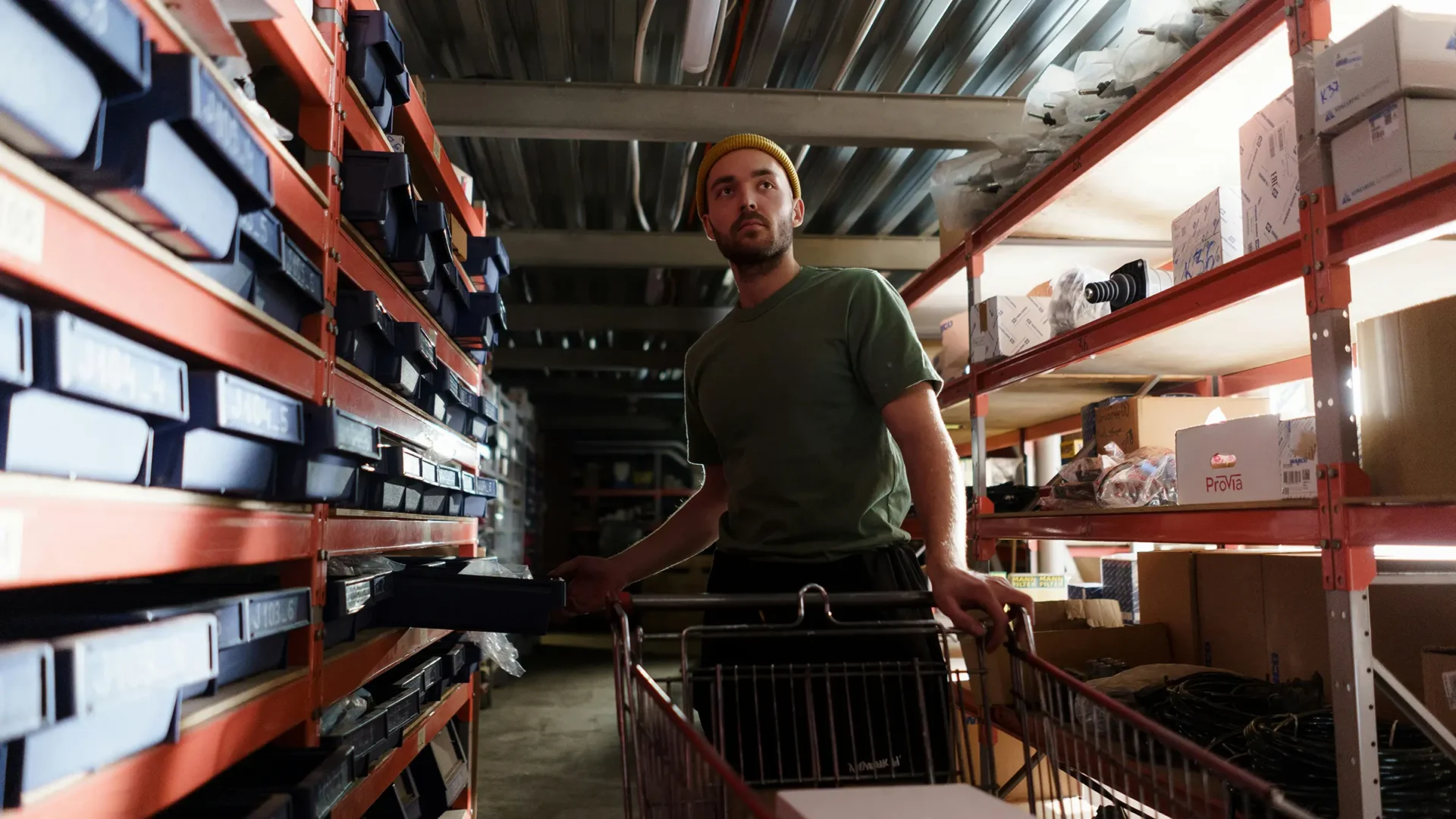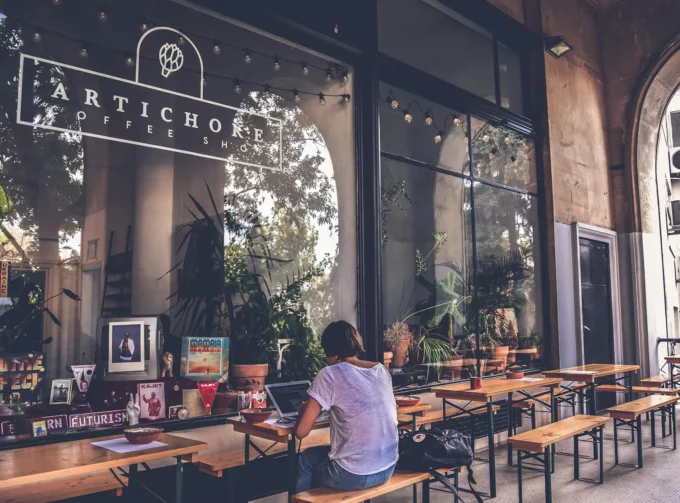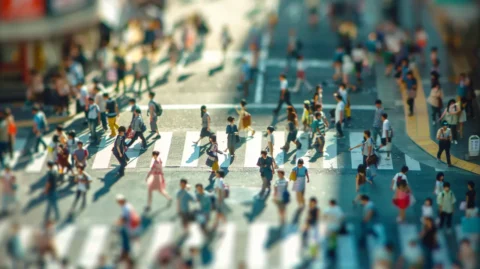Scenes
Moments when people have an experience when they use design to complete an activity.

People’s life stories are seamlessly stitched together scenes, held together by designer threads. When the threads designers create are durable enough to keep the fabric of scenes together, people have a memorable story. But stories of regret and frustration are made when products, services, and systems fail to create relevant and meaningful experiences. People are both feelers and thinkers, so experience design outcomes must account for both people’s needs and emotions. Experience Design Factors was created to give designers an experience-centered vocabulary to create design outcomes that make peoples’ stories worth telling.
A Coffee Shop Experience Design Scene

Consider the scene above. A woman sits at a table working on a laptop computer outside a coffee shop. The scene opens when she orders her Cappuccino and sits down to work at the table. The story continues as she works—she answers emails, creates a presentation using Google Slides, and checks social media for a few minutes. The scene is like many other coffee shop experiences—work starts, the sounds of steaming milk mix with music playing overhead, and other patrons order, drink, and leave. The design of the building, coffee mugs, music, lighting, and ordering procedures make the experience unique to this specific coffee shop.
Many different stories can happen in this scene depending on small changes in factors within it. For example…
Any of these events would drastically change her coffee shop experience and possibly her whole day. Designers can account for some events, and others are beyond our control, but each event adds up to a complete experience. When designers create experience-centered products, services, and systems—outcomes that are not only usable but also relevant and meaningful—every detail in a scene matters.
We need to deconstruct experience design scenes into their parts to better understand how they work and how we can design for them.
The Activity in the Experience Design Scene
The activity—the task a person wants to complete—is at the very center of the Experience Design Scene. The activity is the reason why the scene exists. The scene begins when the activity begins, such as washing dishes or calling a friend on the phone. When the activity ends with the last dish out away or hanging up the phone, the scene ends. We measure the quality of an experience by examining a person’s experience while they complete their activity.
Components of Experience Design Scenes
Whenever a person completes an activity, three components interact on stage: context, people, and objects. Contexts are unchangeable settings that surround people when they use designed outcomes. People are experiencers—their identities and relational selves frame how they interact with design and others. Design is the product, service, or system people use to complete activities.
The makeup of each component in an experience design scene shapes how it affects the complete experience. Factors of a context, such as weather, can make people feel uncomfortable, or factors of objects, like small typography on a menu, can make them difficult to use in low light. Careful attention to each component is needed if designers hope to create a relevant and meaningful design.
A Vocabulary for Complete Experiences
The Experience Design Factors framework (XDF) brings together fundamental concepts from disciplines concerned with understanding human experiences and designing things involved in those experiences. Five levels of factors define components in experience design scenes. Research at the Characteristic and Dynamic levels can produce descriptions of components that can be documented, such as physical size and style. Components’ characteristics and behaviors directly define what they are and how they change. The nature of experience design requires a different kind of seeing to inspect them carefully (Gilmore, 2016). Experience-level factors involve people’s emotions, climate temperature changes, and design affordances.
Experience Design Factors
Every Experience Design scene involves context, people, and design. Experience design scenes are shaped by the ways these components interact. These scenes are grouped in four ways to help focus experience-centered design research and creation. These themes align with actors in experience design scenes: People (the meaning-making and storytelling themes), Design (the interaction theme), and Context (the setting theme).


